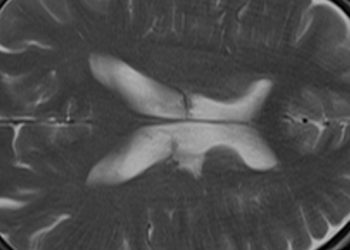Athletes may be at greater risk of developing atrial fibrillation
1. The risk of developing atrial fibrillation was significantly greater in athletes compared to non-athletes.
2. Younger (<55 yrs) and mixed sport athletes had a greater risk of developing atrial fibrillation than older athletes and those participating in endurance sports respectively.
Evidence Rating Level: 1 (Excellent)
Many studies have shown that exercise can reduce cardiac arrhythmias such as atrial fibrillation (AF). Interestingly, the relationship with exercise follows a U-shaped curve, meaning that both a lack of physical activity or high-intensity/high-volume exercise may increase the prevalence of AF. The influence of sport type and cardiovascular disease remains to be elucidated in studies examining the burden of AF in athletic populations and as a result, the present systematic review and meta-analysis seeks to address this gap by incorporating such variables.
From 3885 screened records, 13 studies (70,487 participants) from 1990 to December 2020 were included. Studies were eligible if they reported the number of AF/Atrial flutter cases in athletes with non-athlete control groups and were either case-control or cohort studies. Studies that did not include a control group or had participants (18 years or older) that did not perform regular exercise training for at least a 2-year period were excluded. Qualitative risk of bias assessment was done using the CLARITY tool and a meta regression was done to determine the risk of AF in athletes versus non athletes.
There were three analyses performed to determine the effect of athletic involvement, presence of cardiovascular risk factors and the mode of exercise on AF burden. Results demonstrated that athletes were at higher risk of developing AF compared to non-athletes, especially those who participated in mixed sport and who were younger. This study was limited by the broad range of sports that fall under the mixed sport category, thereby complicating the determination of the effect of specific training factors. However, unlike other studies, the present analysis included athletes, physically active individuals, and sedentary individuals, which strengthens the observed relationship. As a whole, these findings helped provide early evidence for the effect of age, sport modality and athleticism on AF burden.
Click to read the study in British Journal of Sports Medicine
Image: PD
©2021 2 Minute Medicine, Inc. All rights reserved. No works may be reproduced without expressed written consent from 2 Minute Medicine, Inc. Inquire about licensing here. No article should be construed as medical advice and is not intended as such by the authors or by 2 Minute Medicine, Inc.







